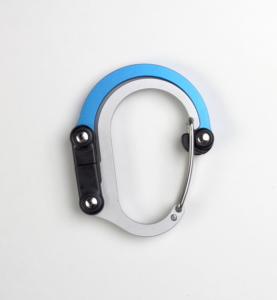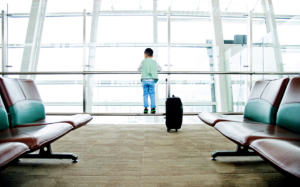Inspired to spread the family travel gospel
Inspiration is a powerful thing. It’s what lead people to vote for Barack Obama, what has intrigued people about author Ta-Nehisi Coates, and what has compelled people to come together to support Batkid.
As a full-time freelance journalist for the last 18 years, I have spent a whole bunch of my time reporting on other people’s inspiration. Earlier this week, however, as a board member who attended and participated in the first-ever Family Travel Association summit, I was delighted to be the one experiencing the inspiration first-hand.
It wasn’t difficult to be inspired; the summit brought together about 80 of the biggest and boldest thinkers in the world of family travel today. There were experts. There were representatives of big travel companies. There were owners of small travel companies. There were photographers. There were other writers. Almost all of the people present were moms and dads who have traveled with their families.
And everyone descended upon the Mountain Sky Guest Ranch for one reason: To talk about how we can work together to raise awareness of the importance of family travel.
Some people moved me more than others. Like Ida Keiper and Jesemine Jones, the women behind Abeon Travel, a travel consultancy dedicated to assisting families that include children with special needs. And Randy Garfield, the former Disney VP who now devotes his time to the U.S. Travel Association and Project: Time Off, one of the most important research efforts in the history of the American people. And Margo Peyton, who, through her company, Kids Sea Camp, strives to get children travelers SCUBA-certified so they can explore the underwater world. And travel writing icon Wendy Perrin, who’s been writing about family travel forever and simply is flat-out awesome.
And some ideas left an indelible mark on my brain. Like some of the new family travel data from FTA and Expedia. And the “18 Summers” campaign from Idaho (hint: watch the video). And Jim Pickell’s suggestion for a new equation to measure family travel—an equation that compares meaningfulness of experiences to expenditures. (Pickell, the founder of HomeExchange.com, is a pretty neat dude himself.)
Heck, the conference even provided scientific evidence behind the notion that travel makes you smarter; in an intellectually rollicking concluding seminar, Nancy Sathre-Vogel explained how new places and new experiences stimulate the growth of dendrites in our brains.
(Some of us joked that Sathre-Vogel’s presentation provided the basis for a new ad campaign that evokes 1980s anti-drug ads and contrasts a brain to a brain on family travel.)
In short, there was a lot to keep the brain buzzing.
The next step is making it all count. Technically speaking, the FTA’s mission is to “inspire families to travel—and to travel more—while advocating for travel as an essential part of every child’s education.” Now, however, with one summit under our belts, we need to codify a strategy and figure out how and where we want to be. Personally, I’d like to see the group become an information resource for consumers, a networking/best-practices group for industry insiders, and an advocate for the right issues (such as family passenger rights on airplanes).
What about you? What would you demand/expect from a Family Travel Association? What sorts of activities and endeavors do you think the FTA should pursue? Share your opinions and become a part of the discussion.











